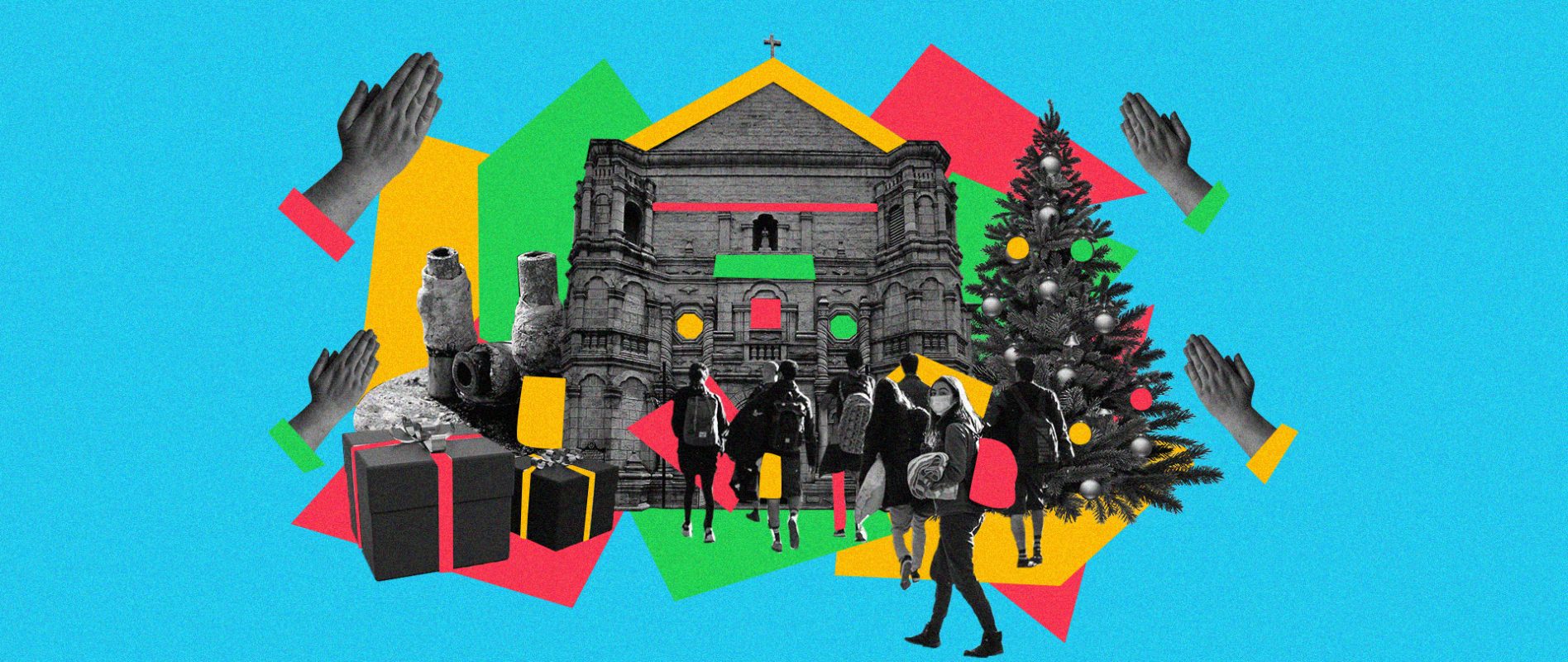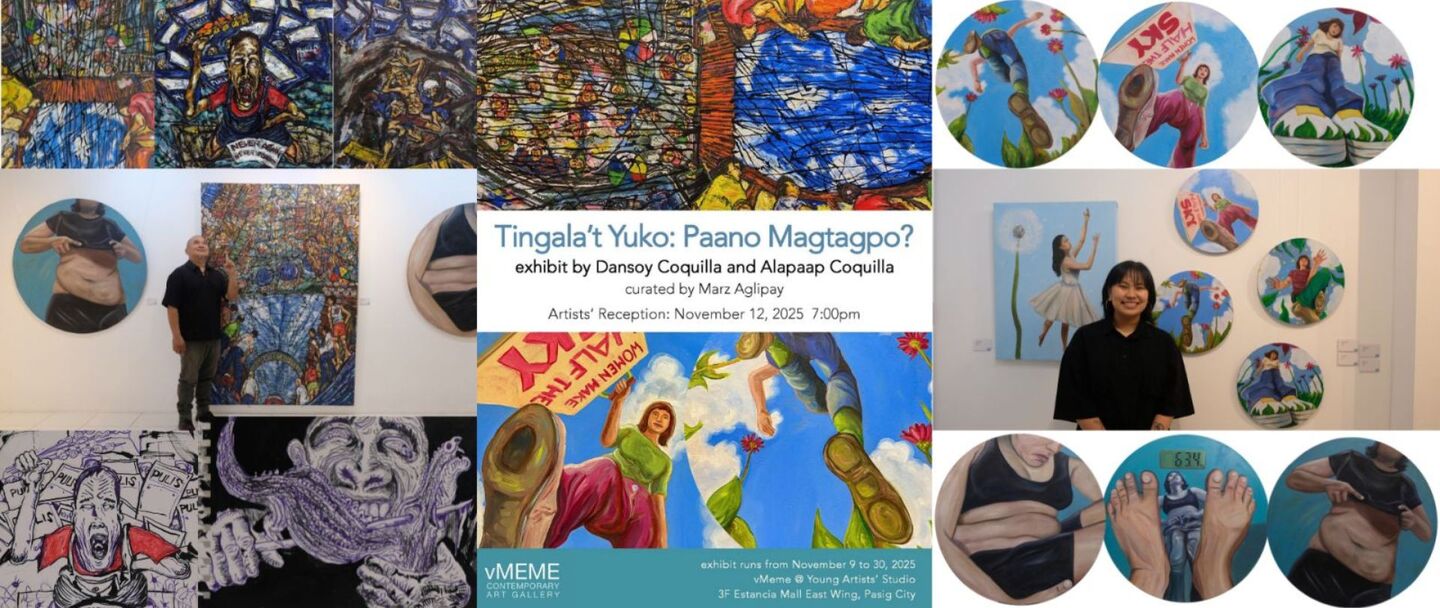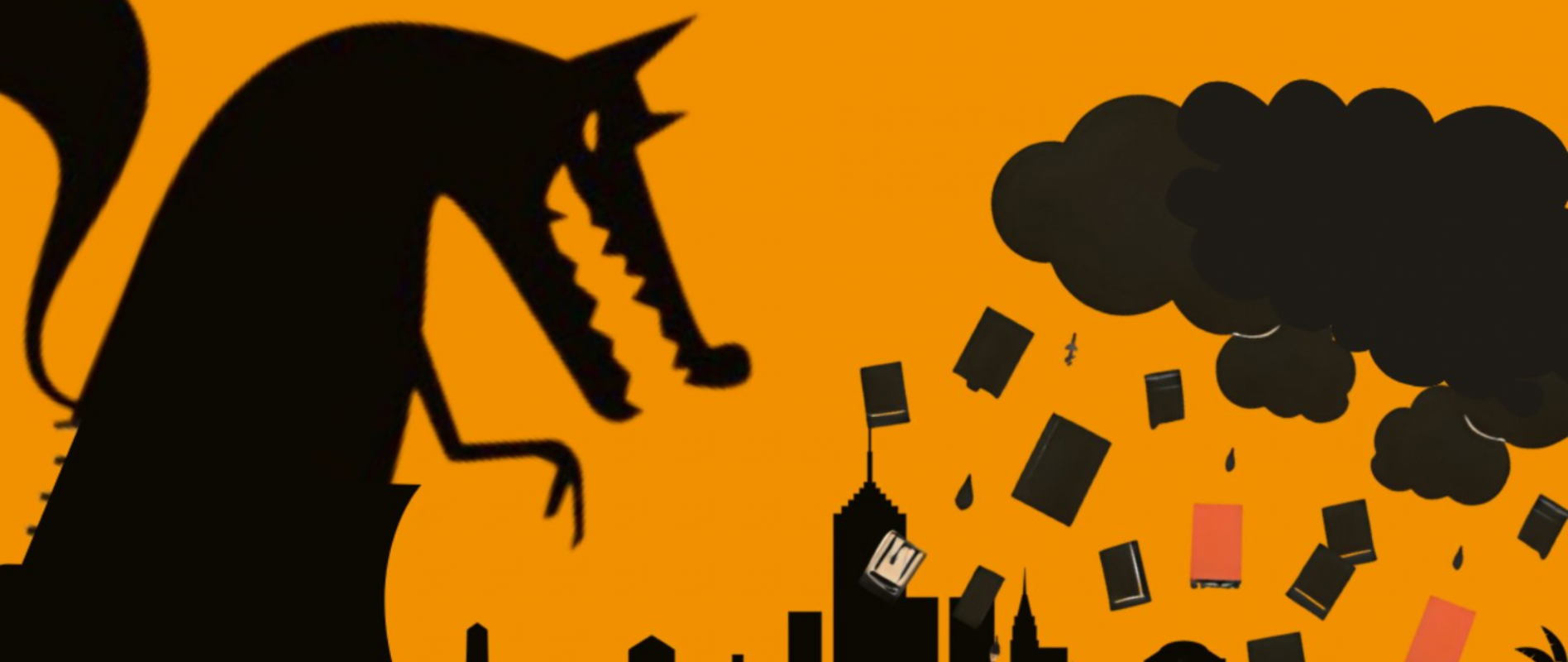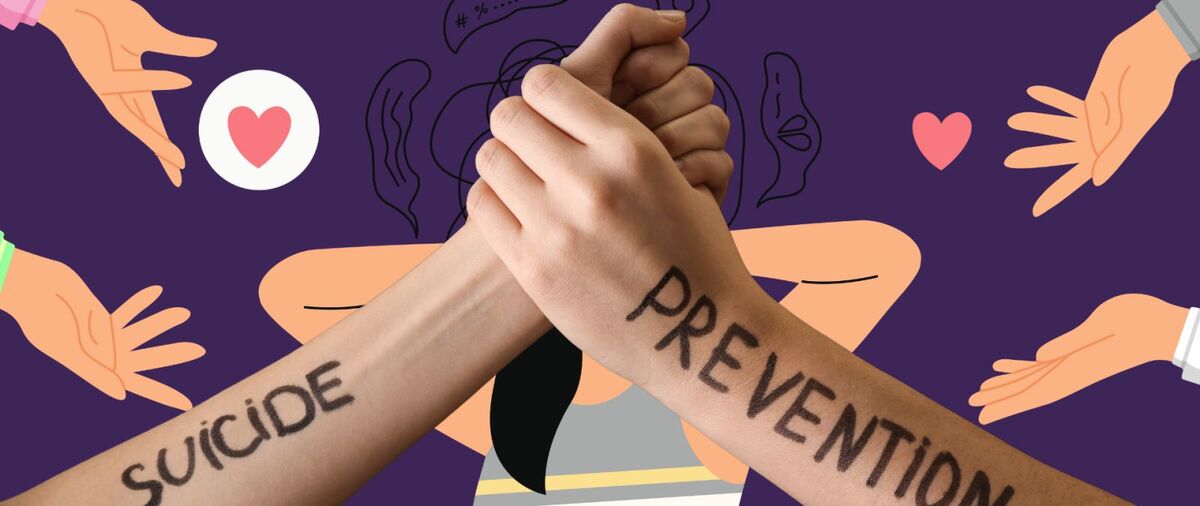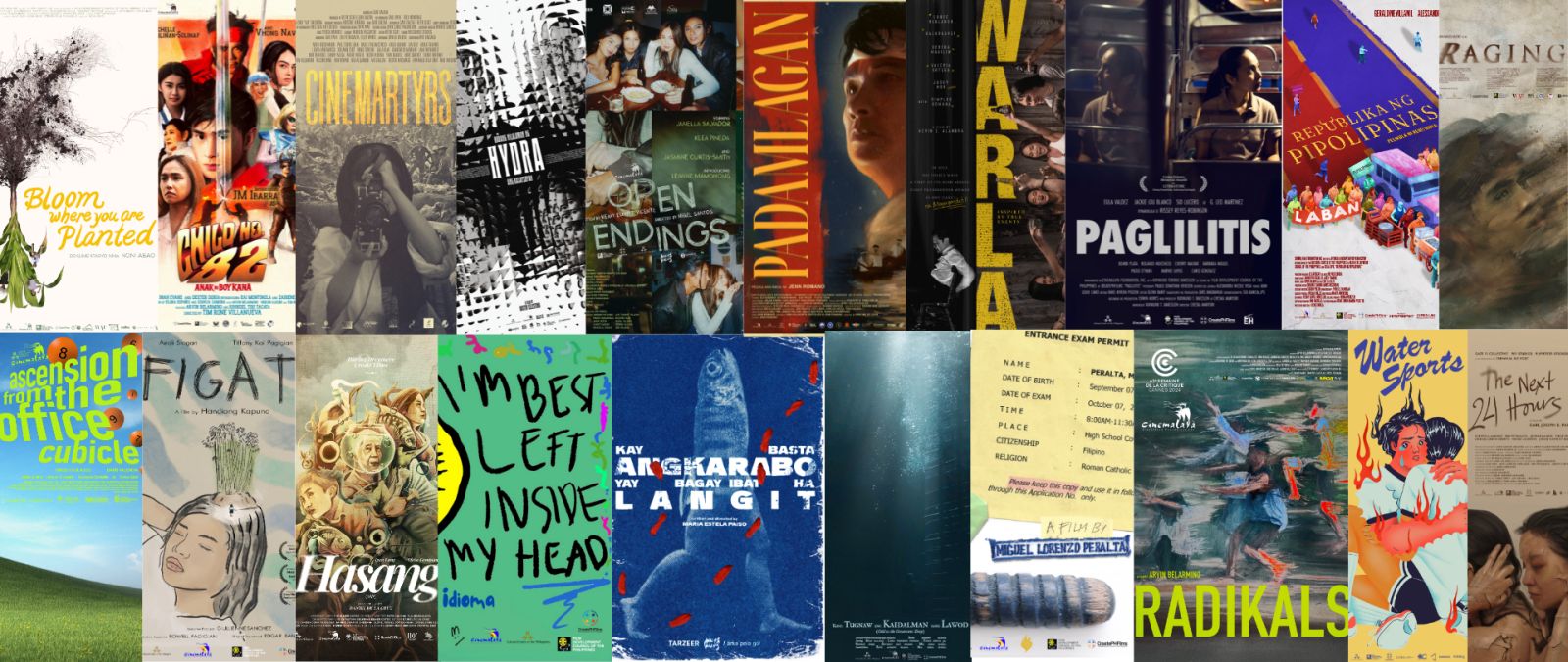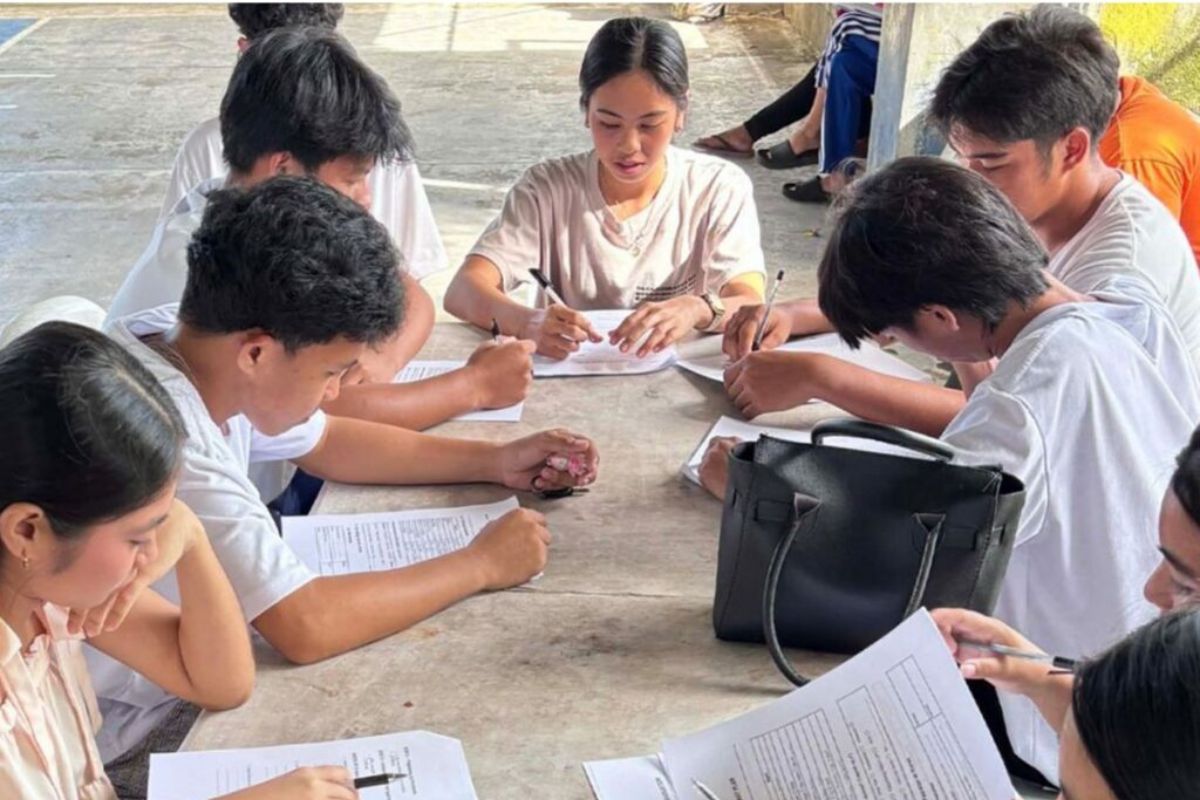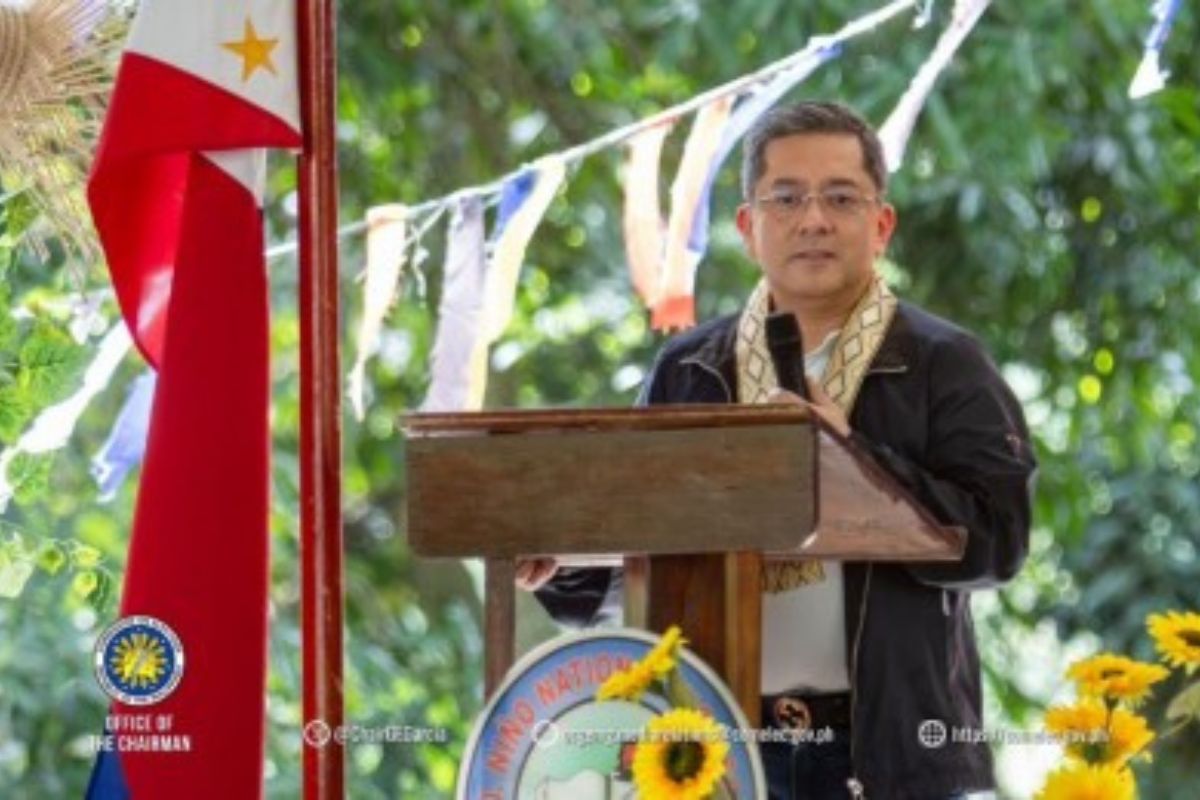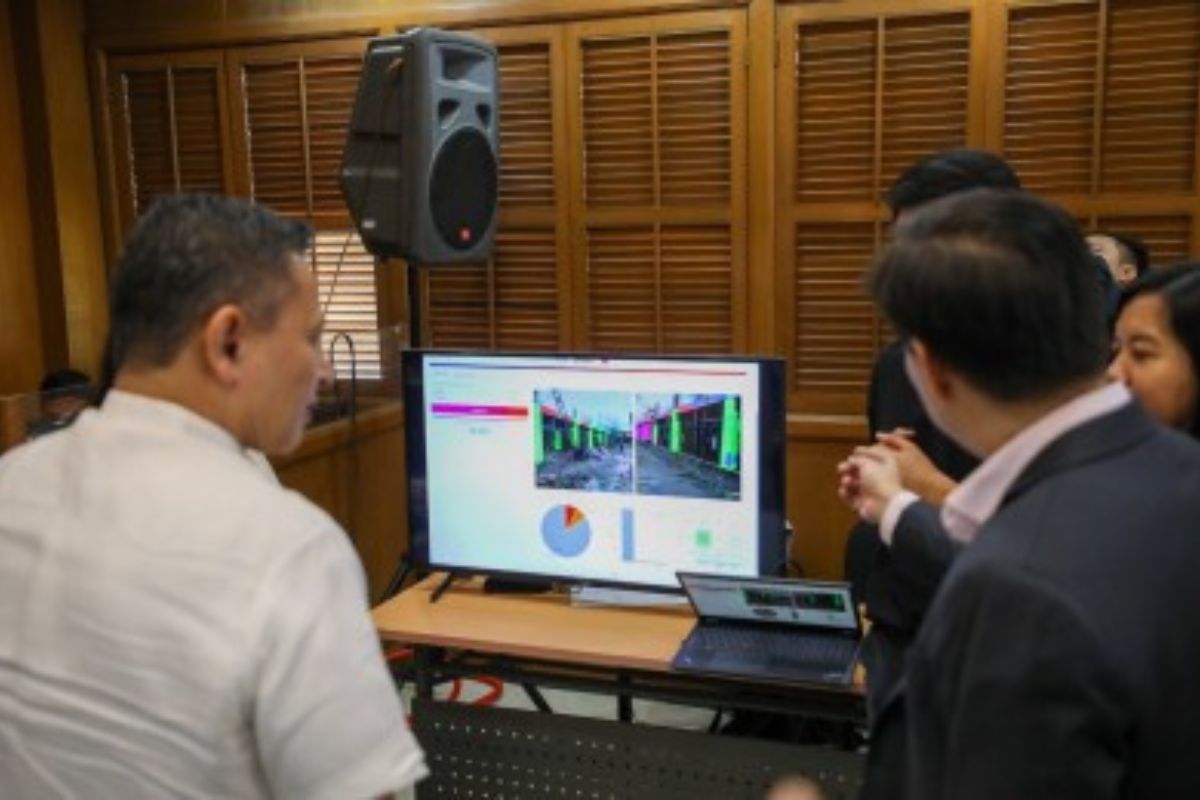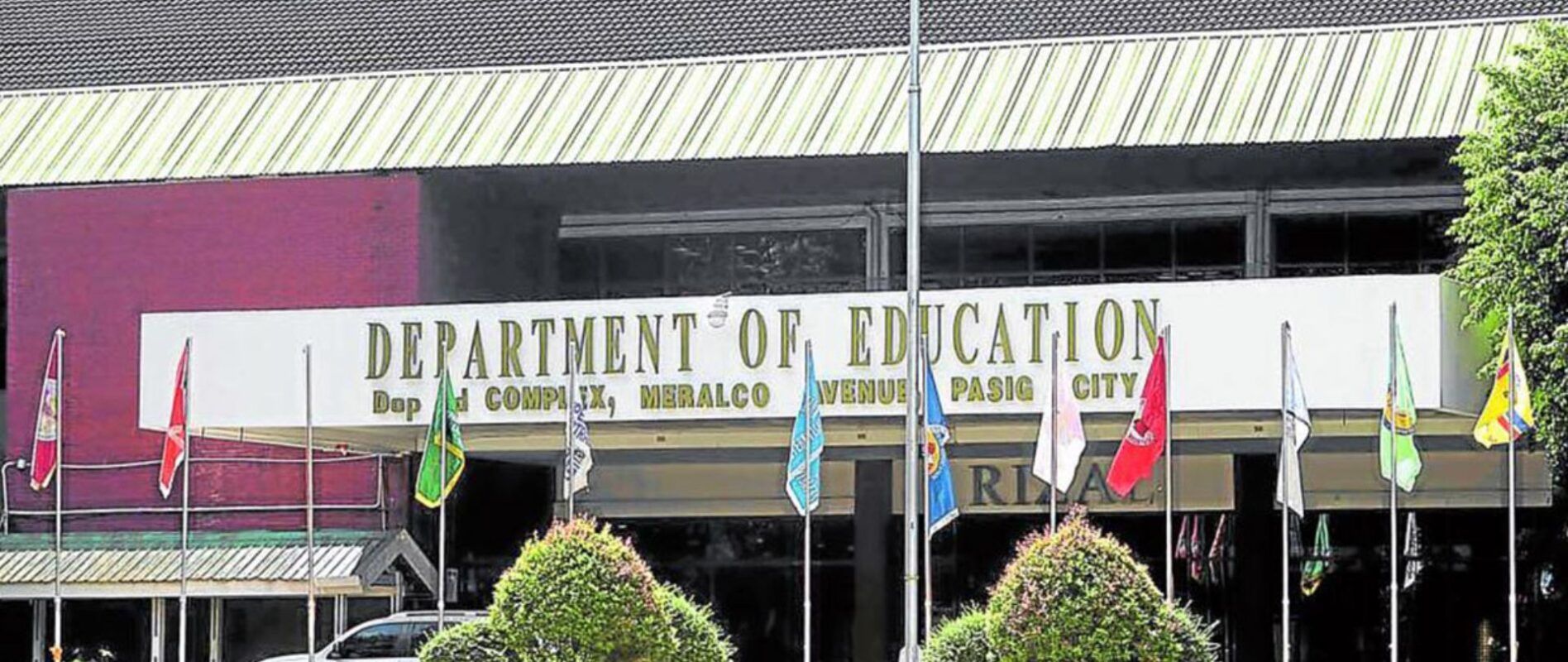THE FILIPINO TRADITION OF CELEBRATING CHRISTMAS, TO PUSH THROUGH AMID THE PANDEMIC
As we approach Christmas season, the country’s most anticipated religious traditions are already being planned out by both the church and the government. But before we start scheduling our alarms to wake up in the wee hours of the morning, we should keep recommended safe fundamental practices in mind, as we lead up to Simbang Gabi.
For the past few months, a lot of religious events and cultural festivities have been cancelled due to the coronavirus pandemic. Traditional practices such as Easter were commemorated at home, as opposed to attending mass, processions, among other traditions that have lived on through the years. Due to the extended community quarantine, what used to be a time for people to travel during Holy Week were restricted, which resorted to having a nationwide interfaith prayer service held online and on television instead.
This year, the Christmas season will look a little different contrary to previous years. In Western countries, where Santa Claus signifies and acts as a symbol for Christmas are already figuring out ways to bring the prominent figure to families without risking them from getting the virus. While physical distancing and other safety protocols could be adhered, the concern of strictly implementing precautionary measures could affect the magic children may feel, somewhat be lost, if Santa has to wear a mask.
In the Philippines, Christmas is not much less about Santa but more about exchanging gifts, school Christmas programs, the displays of traditional parol, giant Christmas trees in malls and parks, and the belen. Most importantly, on December 16 is the start of Simbang Gabi, which leads to the Christmas Eve Mass that then ends on Christmas Day.
Simbang Gabi, which means “Night Mass” in Filipino, is a nine-day novena in anticipation of Christmas and to honor the Blessed Mother. The tradition has been celebrated by Filipino Catholics in the St. Louis area for decades. Novena prayers began in homes around the 1960s, and it became more formalized in the 1980s, with masses being offered in church. The novena is organized by the Philippine Liturgical Society, which hosts several liturgical events in the Filipino tradition throughout the year.
In the last seven months, a lot of people could not go to their Sunday service; even now, only 10 percent are allowed in churches in Metro Manila. In a recent interview with Metro Manila Council (MMC) chairman and Parañaque City Mayor Edwin Olivarez, local government units in the National Capital Region (NCR) have agreed on adjusting restrictions to make way for Simbang Gabi this year despite the pandemic.
While still ensuring social distancing, Metro Manila mayors are looking into adjusting curfew hours to 12 a.m. to 3 a.m. starting Dec. 1. “Ang mangyayari lang po diyan, mas dadami po ang simba sa madaling araw para maiwasan po natin ang gathering sa pagdikit-dikit at magkaroon po ng physical distancing,” stated Olivarez.
Aside from trimming down the restricted period for outdoor activities, the MMC chairman also announced that age restrictions in NCR will also be adjusted. From aged 21 to 60 years old, the current rules for the age bracket allowed to go outside, will be adjusted from aged 18 to 65 years old.
Depending on the trend for logged COVID-19 cases, the Inter-Agency Task Force for the Management of Emerging Infectious Diseases will be able to lift most of the ongoing restrictions if it eases soon. Two months from now, and this can still change.
There’s no doubt that the effects of coronavirus are having a big impact on health services around the world. Beyond the immediate threat to life, the pandemic is also affecting the cultural landscape, forcing traditions to be cancelled. But for many Filipinos, the disease cannot get in the way of commemorating the birth of Jesus Christ as it brings hope in their lives.

